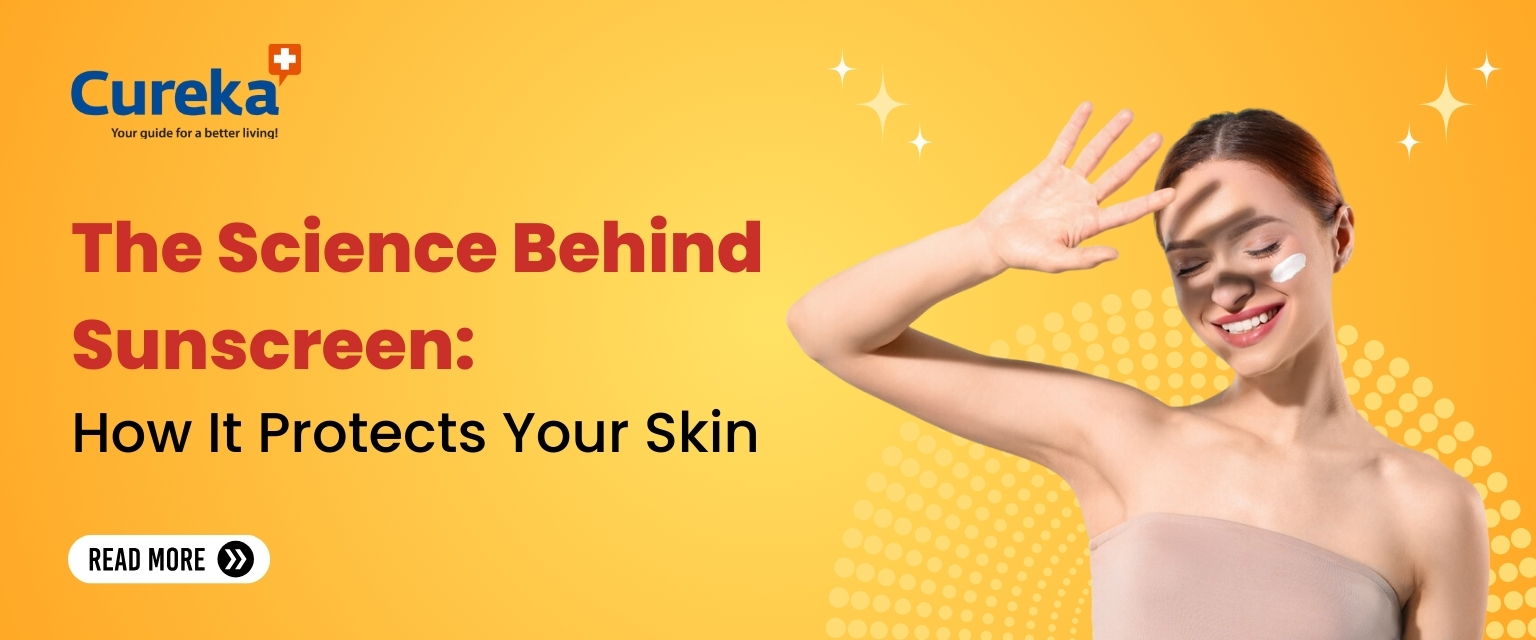The Science Behind Sunscreen: How It Protects Your Skin
Sunscreen is a must-have in your skincare routine, but with so many options out there, finding the best sunscreen for face and body sunscreen can feel overwhelming. Are you curious about how mineral sunscreen works? Or perhaps you’re on the hunt for the best sunscreen for sensitive skin or sunscreen with SPF 50 for that extra protection. Whether you’re looking for something that suits your dry skin or need a reliable option for everyday use, we’ve got you covered. Let’s see the fascinating science behind sunscreen and know how it keeps our skin safe and healthy!
Understanding UV Radiation
Ultraviolet (UV) radiation from the sun is the primary cause of sunburn, skin aging, and skin cancer. There are two main types of UV radiation that can affect the skin:
- UVA Rays: These rays have longer wavelengths and can penetrate deeper into the skin, reaching the dermis. They are primarily responsible for premature skin aging, causing wrinkles and sagging. UVA rays are present throughout the year and can penetrate through windows and clouds.
- UVB Rays: These rays have shorter wavelengths and primarily affect the outer layer of the skin, the epidermis. UVB rays are the main cause of sunburn and can directly damage the DNA in skin cells, leading to skin cancer. Unlike UVA rays, UVB rays vary in intensity depending on the season, location, and time of day.
How Sunscreen Works
Sunscreens protect the skin by using two main types of active ingredients: physical blockers and chemical absorbers. Both types work to prevent UV radiation from damaging the skin, but they do so in different ways.
Physical Blockers
Also known as mineral sunscreens, physical blockers contain inorganic compounds like zinc oxide and titanium dioxide. These compounds work by sitting on the skin’s surface and reflecting, scattering, and blocking UV rays before they can penetrate the skin. Physical sunscreens are effective against both UVA and UVB rays, providing broad-spectrum protection. They are generally less likely to cause skin irritation and are suitable for sensitive skin types. However, they can sometimes leave a white residue and may feel heavier on the skin.
Benefits of Physical Sunscreen:
– Broad-spectrum protection
– Less likely to irritate sensitive skin
– Non-comedogenic (less likely to clog pores)
– Reflect heat, beneficial for conditions like rosacea
Drawbacks of Physical Sunscreen:
– May leave a white residue
– Can be thicker and harder to rub in
– Requires frequent reapplication, especially when sweating or swimming
Chemical Absorbers
Chemical sunscreens contain organic (carbon-based) compounds that absorb UV radiation. Common ingredients include oxybenzone, octinoxate, avobenzone, and octocrylene. These compounds work by absorbing UV radiation and converting it into heat, which is then released from the skin. Chemical sunscreens are often easier to apply and spread evenly on the skin, leaving no visible residue. However, they may cause irritation, especially for those with sensitive skin, and some ingredients have been associated with hormonal disruptions.
Benefits of Chemical Sunscreen:
– Thinner consistency, easy to apply
– Leaves no visible residue
– Often available in a variety of formulations (sprays, lotions, etc.)
Drawbacks of Chemical Sunscreen:
– Can cause skin irritation and allergies
– May clog pores, leading to breakouts
– Requires frequent reapplication, especially in direct UV light
– Some ingredients may be endocrine disruptors
Choosing the Right Sunscreen
When selecting a sunscreen, it’s essential to consider your skin type, concerns, and the level of sun exposure you anticipate. Here are some key factors to look for:
- Broad-Spectrum Protection: Ensure the sunscreen provides protection against both UVA and UVB rays.
- Sun Protection Factor (SPF): Choose a sunscreen with an SPF of 30 or higher. SPF measures the level of protection against UVB rays, with higher numbers offering more protection.
- Water Resistance: If you plan to swim or sweat, opt for a water-resistant sunscreen. Remember to reapply every two hours or immediately after swimming or sweating.
- Formulation: Sunscreens come in various forms, including lotions, sprays, and powders. Select a formulation that suits your preference and is easy for you to apply evenly.
Conclusion
Sunscreen is your skin’s best friend when it comes to protecting against the sun’s damaging UV rays. Whether you prefer the gentle touch of a mineral sunscreen, the versatility of a chemical sunscreen, or are searching for the best sunscreen for sensitive skin, understanding the different types can help you make the right choice. Don’t forget the importance of broad-spectrum protection and a high SPF, like sunscreen SPF 50, to guard against both UVA and UVB rays. And whether you’re using it as a body sunscreen or looking for the best sunscreen for everyday use, the key is consistent and proper application.
Remember, no sunscreen can offer 100% protection, so complement it with other sun safety measures like wearing protective clothing and seeking shade. So, next time you’re out enjoying the sun, make sure you’re well-protected with cureka’s collection of sunscreen.














